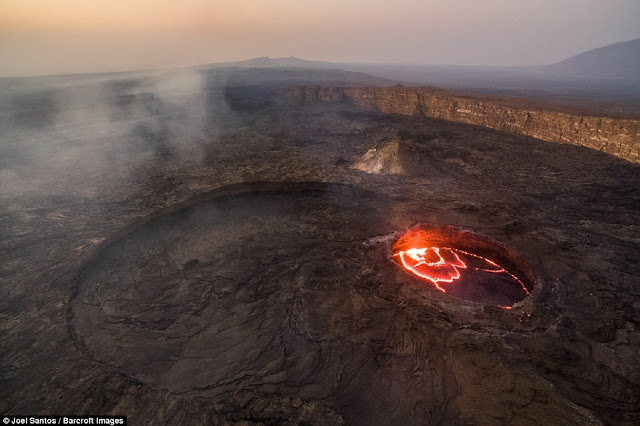 In New Zealand, one of most photographed mountain
is Mitre Peak, located close to the shore of Milford Sound, in the Fiordland
National Park in the southwestern South Island. The iconic mountain has
distinctive shape gives the mountain its name after the Mitre headwear of
Christian bishops. The Mitre Peak or Māori Rahotu is named by Captain John Lort
Stokes of HMS Acheron.
In New Zealand, one of most photographed mountain
is Mitre Peak, located close to the shore of Milford Sound, in the Fiordland
National Park in the southwestern South Island. The iconic mountain has
distinctive shape gives the mountain its name after the Mitre headwear of
Christian bishops. The Mitre Peak or Māori Rahotu is named by Captain John Lort
Stokes of HMS Acheron. The Mitre location is most distinctive reason of its iconic status, rises vertically to 5,560 feet. You can technically call him a fjord. Moreover, the Mitre Peak is in fact a closely grouped set of five peaks, however from most easily accessible viewpoints it appears as a single point. Thus, Milford Sound is part of Te Wahipounamu, a World Heritage Site as declared by UNESCO.
The State Highway 94 is most scenic roads
in New Zealand leads to Milford Sound. Every year, so many people make efforts
to climb the Mitre Peak, which is not an easy job to do so. However, the first
attempt was made in 1883 but could not successes due to bad weather. Therefore,
in 1911 J R Dennistoun made next attempt to climb it, but eventually created
lots of buzz among people, who claimed to have built a cairn on the peak to
which he had fixed his handkerchief.
Thus, the facts were confirmed later by successful climbers in 1914. There are six routes up to Mitre Peak, and most climbers start by getting a boat to Sinbad Bay. The track through the thick Fiordland bush is unmarked, the route above the bushline is hugely exposed and it’s a demanding mission regardless of how you tackle it. The Mitre Peak is a country of jaw-dropping Mountain, make it very special by tens of thousands of visitors arrive in Milford Sound each year. Milford Sound gets an astonishing 7 metres of rainfall each year. The Mitre Peak is a hugely demanding climb and one that should not be taken lightly.
Thus, the facts were confirmed later by successful climbers in 1914. There are six routes up to Mitre Peak, and most climbers start by getting a boat to Sinbad Bay. The track through the thick Fiordland bush is unmarked, the route above the bushline is hugely exposed and it’s a demanding mission regardless of how you tackle it. The Mitre Peak is a country of jaw-dropping Mountain, make it very special by tens of thousands of visitors arrive in Milford Sound each year. Milford Sound gets an astonishing 7 metres of rainfall each year. The Mitre Peak is a hugely demanding climb and one that should not be taken lightly.


















































